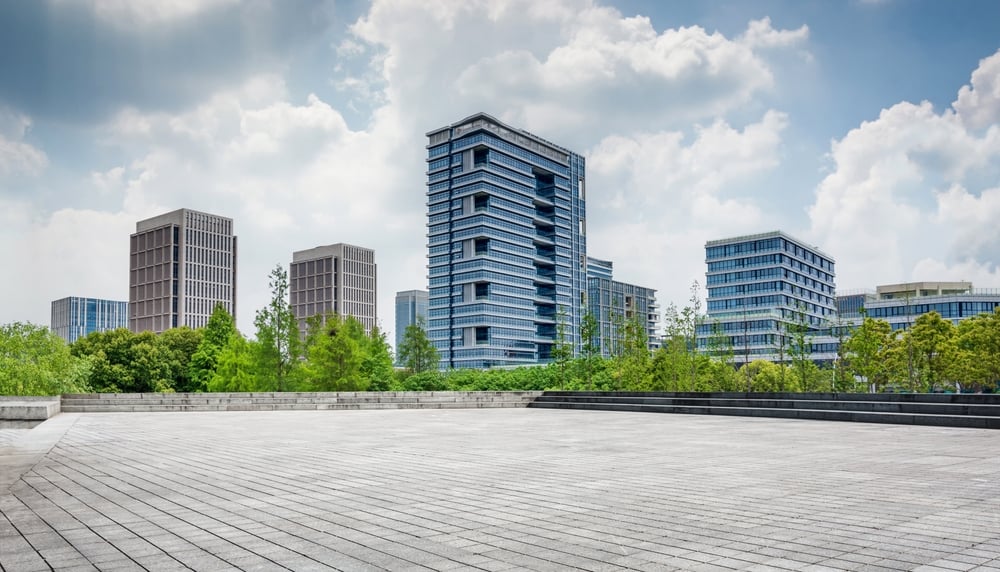Why do we still have offices? Key questions for managers
Written by Dr Bruce Lloyd FCMI Tuesday 11 February 2025
My background is in chemical engineering, including time in the oil and chemical industries, where core assets were operated 24/7. It led me to wonder: why didn’t 24/7 operation happen for office assets? In many cases, an office building was only actually occupied for about 25–30% of the year. And if an estimate is made of the amount of real productive, added-value work taking place in offices, then a figure of around 10% is probably nearer the mark.
No oil refinery or power station would be allowed to operate at those levels of utilisation. The whole sector, while providing vital basic functions, appeared grossly inefficient and wasteful.
My interest in this subject led me to write a series of articles, which I later expanded on with a PhD on ‘The Future of Offices and Office Work: Implications for Strategy’ in 1995/96. This explored fundamental questions, such as:
- What goes on in an office? Essentially it is a combination of social activities, office politics, running the building/organisation itself, as well as real added-value work.
- Why has the underutilisation of office buildings been allowed to happen? The answer is basically that management could afford to let it happen.
Another conclusion was that corporate strategy needed to include all the assets of the organisation, and not just be preoccupied with products. Many organisations in the past (but perhaps not so many today) considered that their business was essentially driven by their products, which generated their income – when in fact they were often in the property business, when their physical assets were also considered.
Remote work is not a recent concept
It might surprise many that, over 30 years ago, there was much talk about ‘teleworking’ and ‘the future of offices and office work’.
It was argued at that time that change would take place largely because of the advent of new technology, such as computers, fax machines and cellular phones in cars. In retrospect, greater caution over the nature and reliability of the technology might have been appropriate, but the technology now available makes the arguments for change much more relevant.
It might surprise many that, over 30 years ago, there was much talk about ‘teleworking’ and ‘the future of offices and office work’
But why did it require Covid-19 to catalyse change? Essentially, the pandemic meant companies had little choice. The traditional approach had survived because of a combination of corporate inertia, bureaucracy (e.g., health and safety and security issues) and the continued ‘profitability’ of the office-dominated sectors, as well as the inflow of overseas demand and investment.
For managers, the key questions – then and now – can be summarised as follows. Many of these questions are not new, but it is essential that they are asked, and answered, as well as researched. The future of many organisations, as well as the economy as a whole, is increasingly dependent on the answers
Keep reading: seven questions for managers
Register for Free Access
Not yet a Member, Subscriber or Friend? Register as a CMI Friend for free, and get access to this and many other exclusive resources, as well as weekly updates straight to your inbox.
You have successfully registered
As a CMI Friend, you now have access to whole range of CMI Friendship benefits.
Please login to the left to confirm your registration and access the article.
Blog
This is a space for people to stay up-to-date with all the latest knowledge, opinions and commentary on management and leadership topics from some industry leaders.
Members See More
CMI Members have access to thousands of online learning and CPD resources. Learn more about our membership benefits
Join The Community
CMI offers a variety of flexible membership solutions, tailored to your needs. Find out more and get involved in the CMI community today.
